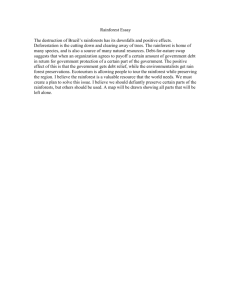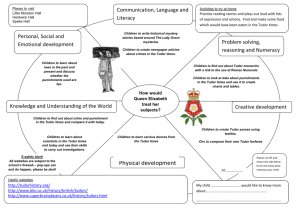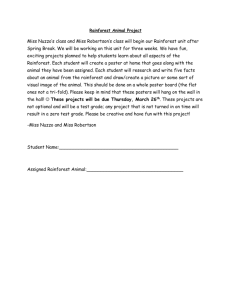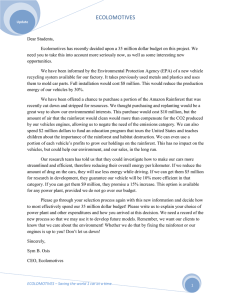Chapter 10. Meeting 10, Workshop: Performance and Improvisation 10.1. Announcements
advertisement
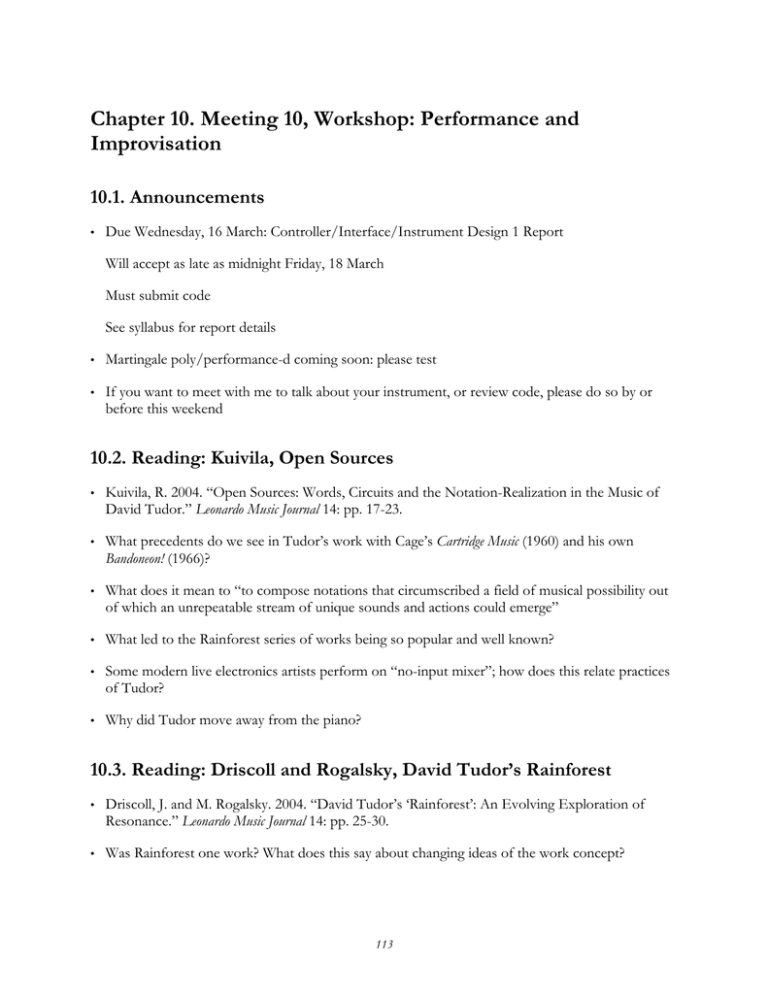
Chapter 10. Meeting 10, Workshop: Performance and Improvisation 10.1. Announcements • Due Wednesday, 16 March: Controller/Interface/Instrument Design 1 Report Will accept as late as midnight Friday, 18 March Must submit code See syllabus for report details • Martingale poly/performance-d coming soon: please test • If you want to meet with me to talk about your instrument, or review code, please do so by or before this weekend 10.2. Reading: Kuivila, Open Sources • Kuivila, R. 2004. “Open Sources: Words, Circuits and the Notation-Realization in the Music of David Tudor.” Leonardo Music Journal 14: pp. 17-23. • What precedents do we see in Tudor’s work with Cage’s Cartridge Music (1960) and his own Bandoneon! (1966)? • What does it mean to “to compose notations that circumscribed a field of musical possibility out of which an unrepeatable stream of unique sounds and actions could emerge” • What led to the Rainforest series of works being so popular and well known? • Some modern live electronics artists perform on “no-input mixer”; how does this relate practices of Tudor? • Why did Tudor move away from the piano? 10.3. Reading: Driscoll and Rogalsky, David Tudor’s Rainforest • Driscoll, J. and M. Rogalsky. 2004. “David Tudor’s ‘Rainforest’: An Evolving Exploration of Resonance.” Leonardo Music Journal 14: pp. 25-30. • Was Rainforest one work? What does this say about changing ideas of the work concept? 113 • What was the basic technical mechanism for Rainforest works? How did composers refine their instruments and sculptures? • What were some of the sources used for resonating the sculptures? • How big was Rainforest IV? • How did a work like Rainforest IV support collaborative composition? • How did a work like Rainforest IV support new experiences for the audience? 10.4. Listening: David Tudor • Listening: David Tudor, Rainforest, 1973 • Listening: David Tudor, Pulsers, 1976 • Listening: David Tudor, Toneburst, 1975 10.5. Exercise: Smooth Fades • Load: poly performance-c.test.pd martingale/pd/instruments/dualAnalog*/poly/performance-c.test.pd • Ensemble: instrument 1: fade in over 8 counts, fade out over 8 counts • Variation: in over 4, out over 4 + 8 114 Variation: in over 8 + 4, out over 4 10.6. Exercise: Chord Sequence Pulses • Load: poly performance-c.test.pd martingale/pd/instruments/dualAnalog*/poly/performance-c.test.pd • Ensemble: scene 2, instrument 3: articulate the following button values as a chord sequence, where each chord lasts 4 beats Button chords: 1, 5 // 3, 8 // 1, 5 // 2, 7 // 4, 6 // 1, 5 || • Variation: two players take noise solos with instrument 1 10.7. Prototype Instruments • Sonic vision • Control ambitions 10.8. Instrument C Solos • ? 115 MIT OpenCourseWare http://ocw.mit.edu 21M.380 Music and Technology: Live Electronics Performance Practices Spring 2011 For information about citing these materials or our Terms of Use, visit: http://ocw.mit.edu/terms.

